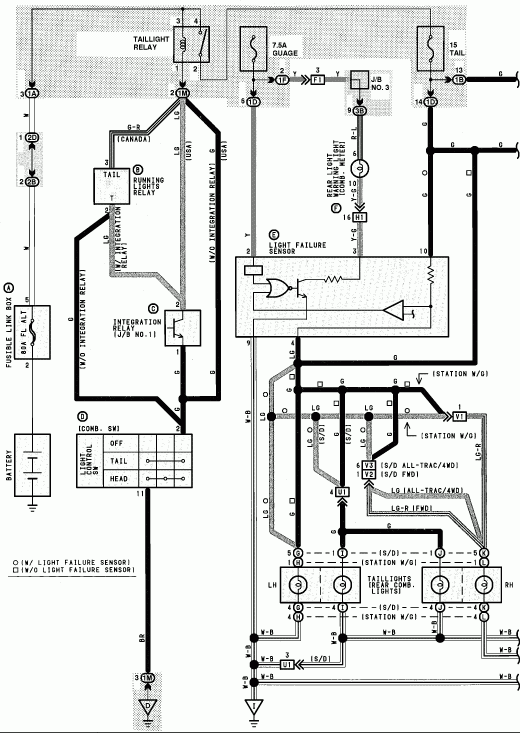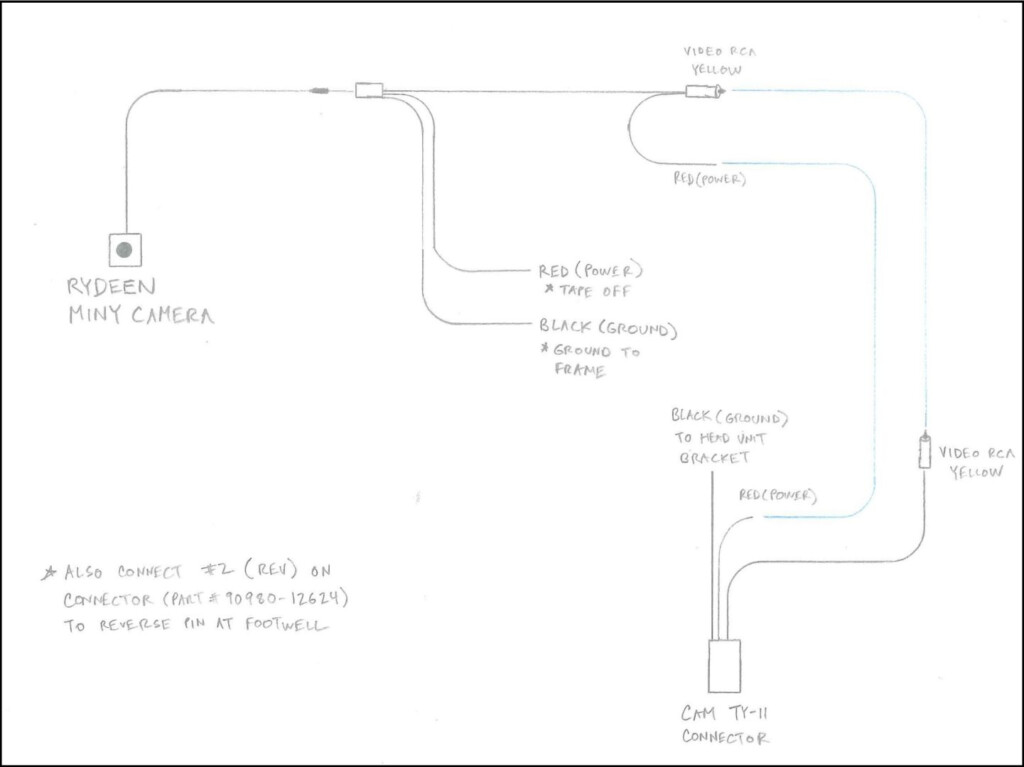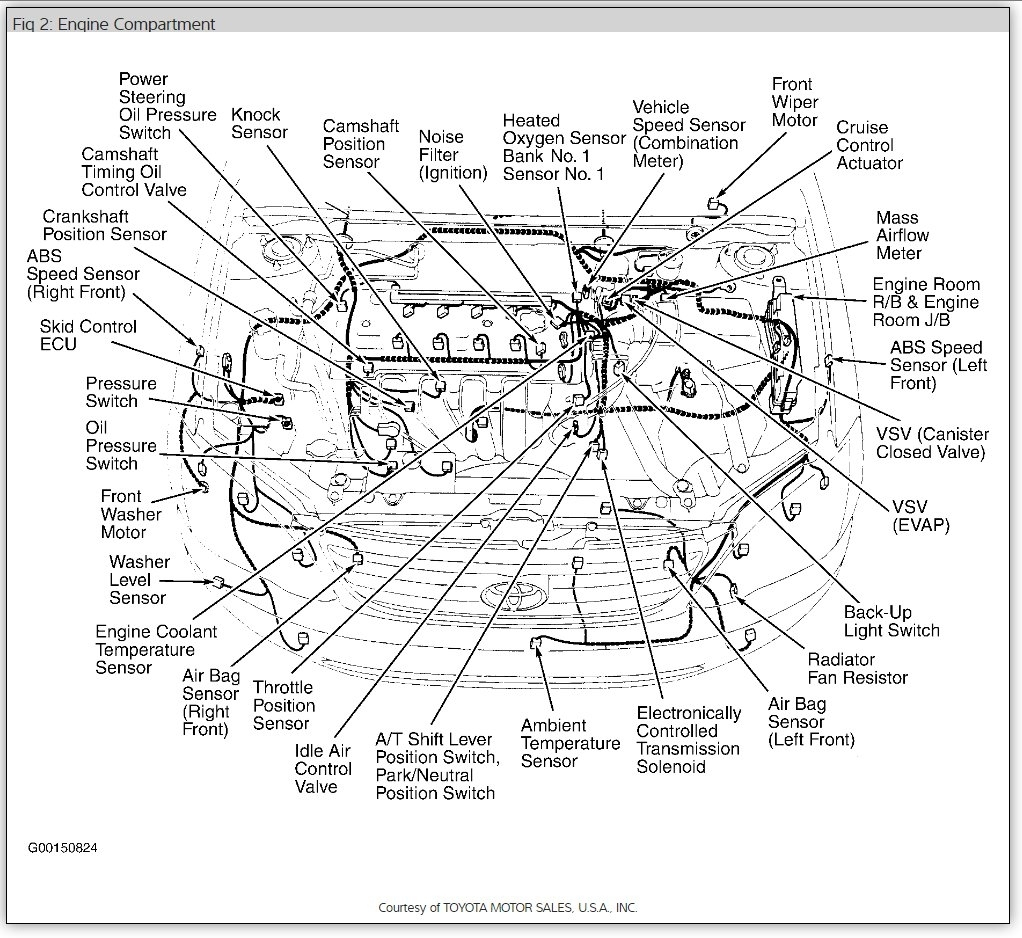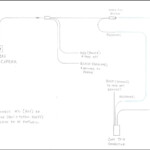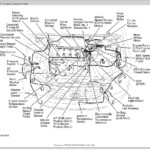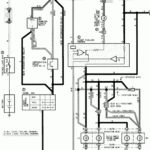2003 Toyota 4runner Wiring Diagram Reverse Lights – A broken or dysfunctional tail light-weight circuit could possibly be the result of interior wiring problems with a single or both back coffee pods. Cross-wires when utilizing low-common bulbs or upgraded pods is probably to blame for this. It’s also possible that the wires to the rear lights was adjusted by a prior proprietor.
Seeking the way to obtain a wires problem is the initial step towards fixing it. Ensure that the place is rust-free and clean. Clean the floor region as needed, and change any rusted floor screws. Up coming, appear underneath the floor screw for virtually any far more band terminals. If this doesn’t fix the issue, try moving the harness’s ground wire to a new spot towards the bottom of the car.
problems with the proper (passenger part) lamp and also the left (vehicle driver part) light fixture
The Toyota lights about the kept (driver side) and proper (passenger aspect) will not be working correctly. You need to initially ascertain both the bulbs’ potential options. The correct change sign indicator change power the right light, as the left transform signal indication change capabilities the still left lamp. The directing line stalk control is linked to the still left swap.
If you suspect a blown fuse, check the fuse. Replace the fuse with one of the same amperage and size if it is bad. Remove the tail light cover to inspect the bulb if the fuse is functioning properly. Some automobiles provide an entry board in which the light is actually eliminated.
A loose connection or even a inadequate terrain are two more widespread triggers. Utilize a check light to attempt to pinpoint the matter. A unsuccessful indicator device can be a additional likelihood. Irregular hyperflashing may be due to a defective indicator model.
design schematics for electrical wiring
The power service in your building is planned and designed using structural wiring schematics. In addition, they demonstrate the areas of switches and lighting as well as the relationships between the two. They can in addition have a icon to help you understand the signs, in addition to demonstrating where receptacles are.
Typically, electrical circuits are represented graphically in wiring diagrams. They present the family member sizes and hues of your circuit’s constituent components. As they illustrate the connections between components, they are also helpful for troubleshooting. They may be frequently used in power tasks to support personnel in resolving and locating concerns.
